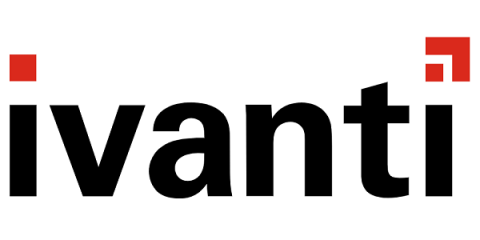Operations | Monitoring | ITSM | DevOps | Cloud
Technology
The latest News and Information on APIs, Mobile, AI, Machine Learning, IoT, Open Source and more!
How to monitor Couchbase with Google Cloud Ops
How to leverage Kubernetes to modernize your legacy enterprise application infrastructure
The biggest question facing many businesses today is how to improve the efficiency and agility of their application delivery processes. Along the journey to infrastructure modernization, do they continue to maintain applications as-is, or do they need to be migrated, upgraded or replaced? This blog attempts to answer some of these questions. Take any popular enterprise app, like your Oracle business suite, or even a custom-built application, and it will typically follow a three-tier architecture.
Qoddi for open source projects
At Qoddi, we are strong advocates and sponsors of open-source projects, and with the recent decision from Heroku to stop offering free plans (used by a lot of open-source developers), we felt the importance of having an alternative ready to keep those projects running. Qoddi's infrastructure is compatible with most of Heroku's buildpacks and we wrote a guide to migrate a project from Heroku.
The Top 15 Distributed Tracing Tools (Open Source & More)
As distributed environments become more complex, users often use distributed tracing tools to improve the visibility of issues evident within their traces. Throughout this post, we will examine some of the best open-source and other generally popular distributed tracing tools available today.
Data Value Gap - Data Observability and Data Fabric - Missing Piece of AI/AIOps
Continuous integration for Android projects
CircleCI is popular among Android developers for several reasons: it’s quick to get started, fast to execute your builds with high parallelism, (whether native, cross- or multi-platform), and even supports running Android emulators right from CircleCI with our Android machine images. This article will show you how to build and test Android applications for an example project on the CircleCI platform.
Healthcare IT Security Budgets Aren't Keeping Pace With IoMT Threats
The impact of ransomware attacks on healthcare is as alarming as it is under-addressed. These attacks on the United States healthcare system alone are causing an annual burden of nearly $21 billion, including well over $100 million in ransoms. While the financial costs help illustrate the scale of the problem, the true cost is the tragic reality of impacted patient care – including higher patient mortality rates.











